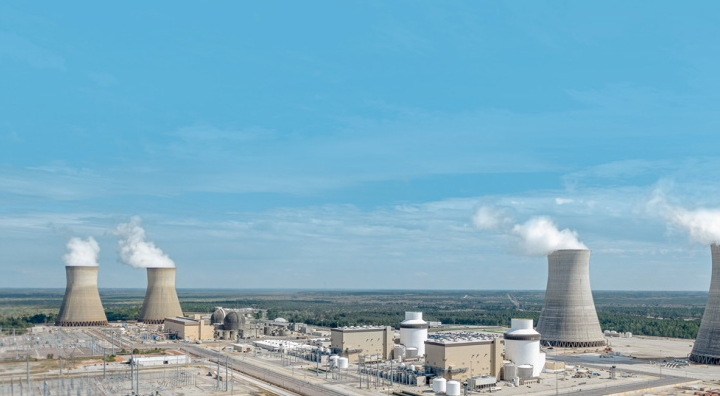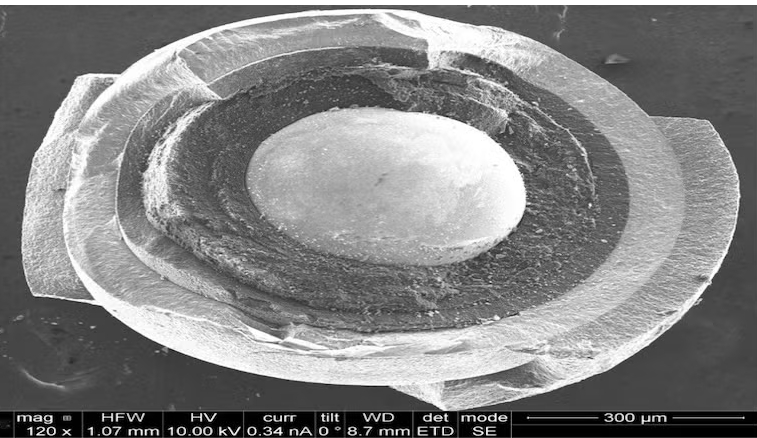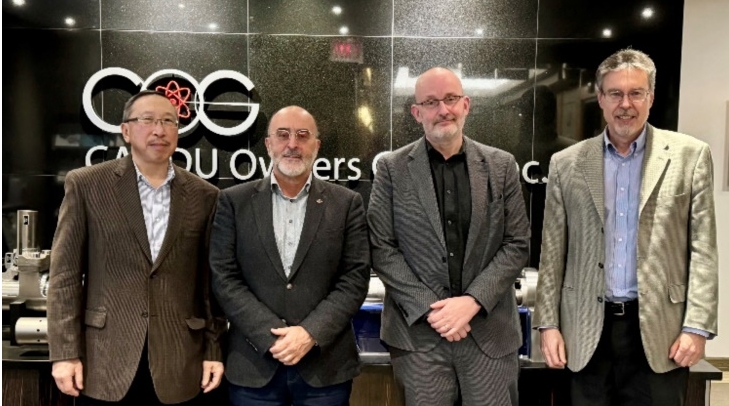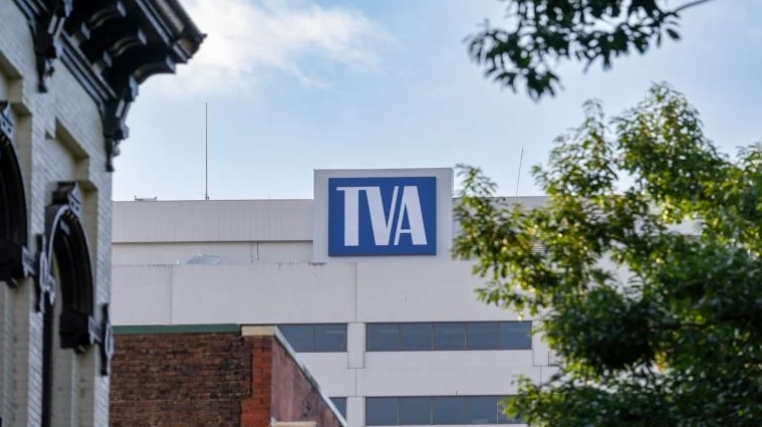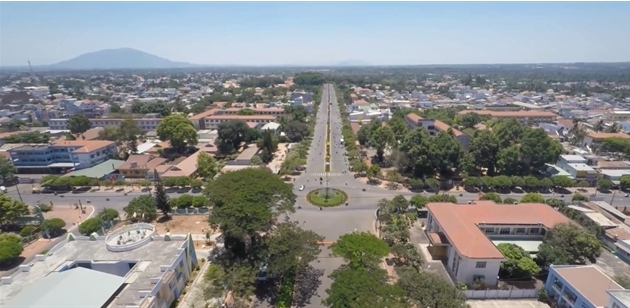The US Department of Energy (DOE) has formally announced the preparation of an environmental impact statement (EIS) for the construction of a Versatile Test Reactor (VTR) to test fuels and materials for use in advanced civilian nuclear power reactors.
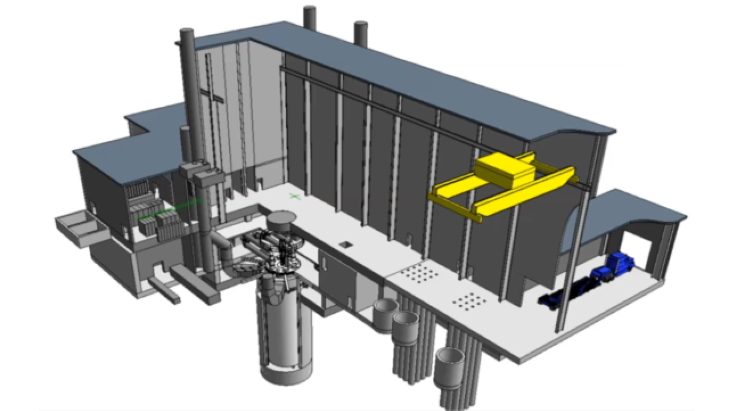
A Notice of Intent was published yesterday in the US Federal Register, in which the DOE invites public comment on what should be included in the scope of the EIS in accordance with the National Environmental Policy Act (NEPA) and its implementing regulations. The EIS will evaluate alternatives for a versatile reactor-based fast-neutron source facility and associated facilities for the preparation, irradiation and post-irradiation examination of fuels and materials.
US Energy Secretary Rick Perry said the testing capability offered by the VTR would be "essential" for the USA to modernise its nuclear energy infrastructure and for developing "transformational nuclear energy technologies" to reduce waste generation and enhance nuclear security. "Lack of a domestic reactor with versatile fast-neutron-spectrum testing capability is a significant national strategic risk affecting the ability of DOE to fulfil its mission to advance the energy, environmental, and nuclear security of the United States and promote scientific and technological innovation," he said.
Assistant Secretary for Nuclear Energy Rita Baranwal said the capability must be developed on an "accelerated schedule" to avoid delays in the country's ability to develop and deploy advanced nuclear energy technologies. "If this capability is not available to US innovators as soon as possible, the ongoing shift of nuclear technology dominance to other international states such as China and the Russian Federation will accelerate, to the detriment of the US nuclear industrial sector," she said.
The VTR will be used to provide a source of fast neutrons to support the development of advanced reactor technologies. Such facilities are currently available in only a few locations worldwide and the USA has not operated one in over 20 years. The DOE was directed to develop the facility under the Nuclear Energy Innovation Capabilities Act, which became law in September 2018.
The reactor is to be a smaller (about 300 MWt) version of the GE Hitachi PRISM power reactor, which builds on the EBR-II, an integral sodium-cooled fast reactor prototype that operated at Argonne National Laboratory from 1963 to 1994. VTR, like PRISM, would use metallic alloy fuels. DOE has previously said the facility could be in operation by the end of 2026.
DOE is required by NEPA to evaluate "a range of reasonable alternatives" for the construction and operation of a VTR and its associated facilities, including a "No Action Alternative" to serve as a basis for comparison with the action alternatives. The "action alternatives" are described in the Federal Register announcement as the Idaho National Laboratory (INL) VTR Alternative and the Oak Ridge National Laboratory (ORNL) VTR Alternative.
The INL VTR Alternative would see the VTR sited at INL's Materials and Fuels Complex (MFC), using existing hot-cell and other facilities at the MFC for post-irradiation examination. The site's current infrastructure "should be largely adequate" to support the facility, according to the DOE. Under this alternative, fuel for the VTR would be manufactured either at MFC or at the Savanah River Site in South Carolina.
Under the ORNL VTR Alternative, the reactor would be sited at a yet-to-be-identified location at ORNL, which is in western Tennessee. Several existing facilities would be used and/or modified to provide operational support and post-irradiation examination capabilities. Driver fuel for the VTR would "likely be manufactured elsewhere," according to the Federal Registernotice.
The public has until 4 September to submit comments on the scope of the draft version of the EIS. The draft EIS itself will then be completed over the next several months and will itself be opened to public comment before being made final.
